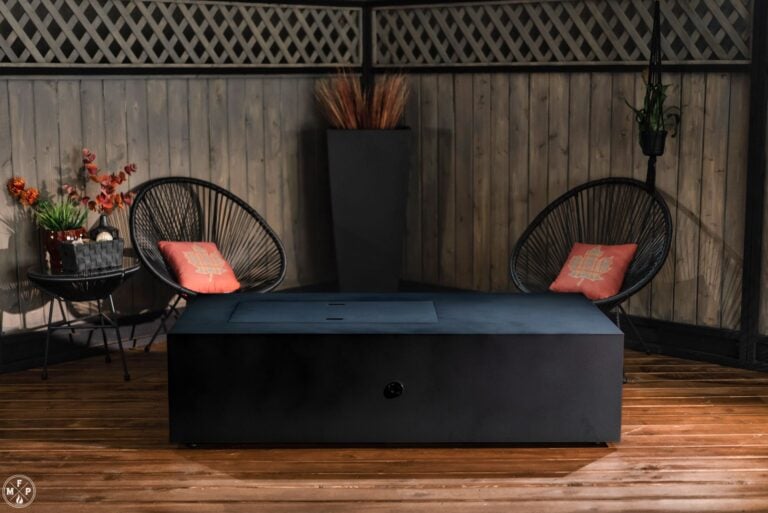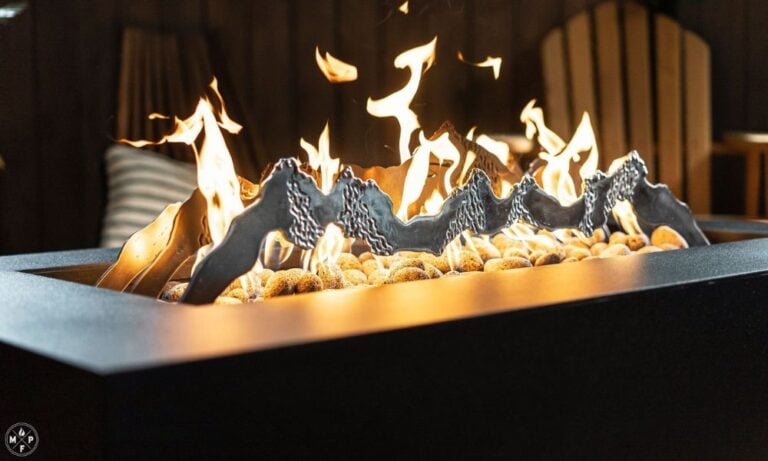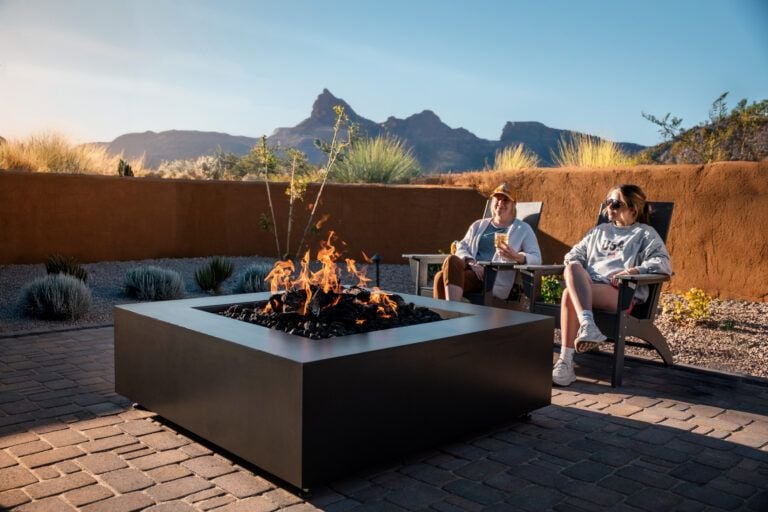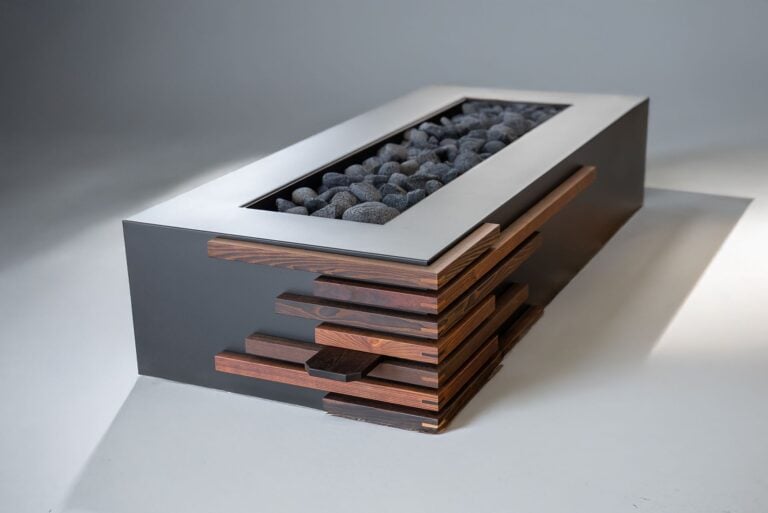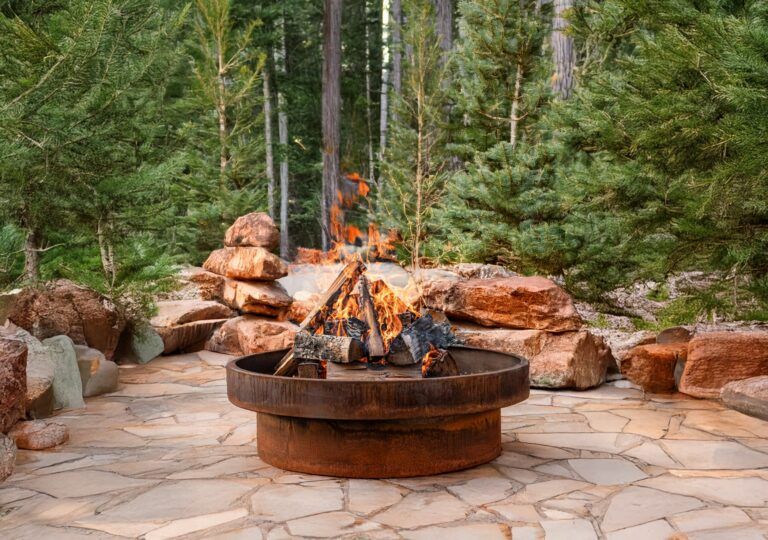
Filling Your Fire Pit: Answers to Common Questions
Building or maintaining a gas fire pit can be a great project, bringing warmth and character to your outdoor space. However, navigating the ins and outs of fire pit media, filler, and maintenance can sometimes feel overwhelming. Let’s tackle some common questions about filling your fire pit to ensure your experience is both enjoyable and safe.
Can I Burn Wood Logs on My Gas Fire Pit? A Hard No.
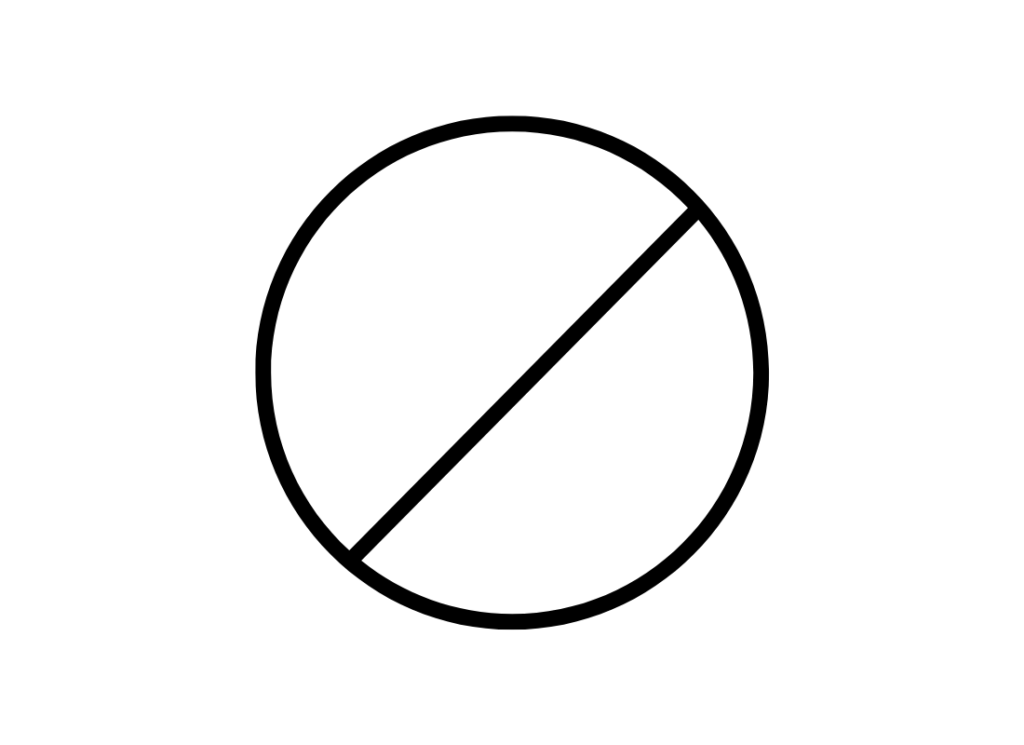
It’s vital to prioritize safety when using a gas fire pit. A fundamental rule is to never burn wood logs within it. While the idea of a traditional wood fire might seem appealing, it poses significant risks to your gas fire pit’s functionality and safety.
One major issue is ash buildup. Burning wood creates ash, which will inevitably fall into the burner. This accumulation can obstruct the gas flow, leading to reduced performance and eventual malfunctions. Gas fire pits are engineered to operate with specific fuel types, and introducing wood disrupts this design, potentially causing unpredictable and dangerous flames.
Furthermore, the intense heat generated by burning wood can damage the fire pit’s components, including the burner itself. This can result in costly repairs. To ensure both safety and longevity, it’s crucial to adhere to the intended fuel source: gas. This will allow you to consistently enjoy the clean, controlled flame that your gas fire pit is designed to produce.
A great alternative to real logs would be artificial logs for gas fire pits. Because these concrete logs are reinforced with stainless steel and ceramic fibers, as well as high-temperature concrete, they are incredibly durable and retain excellent heat. They are also individually cast and then hand painted to perfection, creating the most realistic looking logs on the market. With lots of different looks to choose from you would get the benefit of real wood without all the problems.
How Much Fire Glass or Lava Rock Do I Need? Get the Right Fill.
Achieving the perfect look for your fire pit involves getting the right amount of filler. Too little, and you’ll see the burner; too much, and you’ll waste money. Here’s a simple guideline:
- Measure Your Fire Pit: Use the inside dimensions of your fire pit to calculate the volume you need.
- Layering is Key: A cost-effective approach is to use a base layer of lava rock, followed by a top layer of fire glass.
- Recommended Depth: Aim for approximately 3 inches of lava rock, topped with 1 inch of fire glass. This combination effectively conceals the burner while minimizing the amount of expensive fire glass you need.
- Concealment: The inch of fire glass will fully cover the lava rock, giving you the desired aesthetic without breaking the bank.
- View are LAVA ROCK CALCULATOR
Can I Fill My Gas Fire Pit with Pea Gravel? Proceed with Caution.
Using pea gravel in a gas fire pit is possible, but it demands caution. The size of the gravel is critical; avoid using excessively small pieces. Tiny fragments can easily become lodged in the burner, causing blockages that disrupt the gas flow and impair the fire pit’s performance.

Pea gravel can be used to fill the space beneath the burner, especially if you’re not using a burner plate or pan. However, if you choose to do this, always overlay the pea gravel with a layer of lava rock. This top layer of lava rock acts as a protective barrier for the burner, preventing direct contact with the smaller gravel pieces and helping to distribute heat.
While pea gravel can serve as a filler, it can complicate future plumbing repairs. Filling the fire pit with gravel can make it difficult to access the necessary components. Therefore, using a burner plate or pan is highly recommended. These components not only provide a stable base for your fire feature but also ensure easier access for maintenance and repairs.
Do I Need a Burner Plate or Pan for My Fire Pit? Safety and Convenience First.
For both safety and ease of use, a burner plate or pan is typically a necessary component in a gas fire pit setup. These components play a crucial role in providing a stable and secure foundation for the burner itself, and also help to contain the fire media, such as lava rocks or fire glass, ensuring a controlled and safe flame.
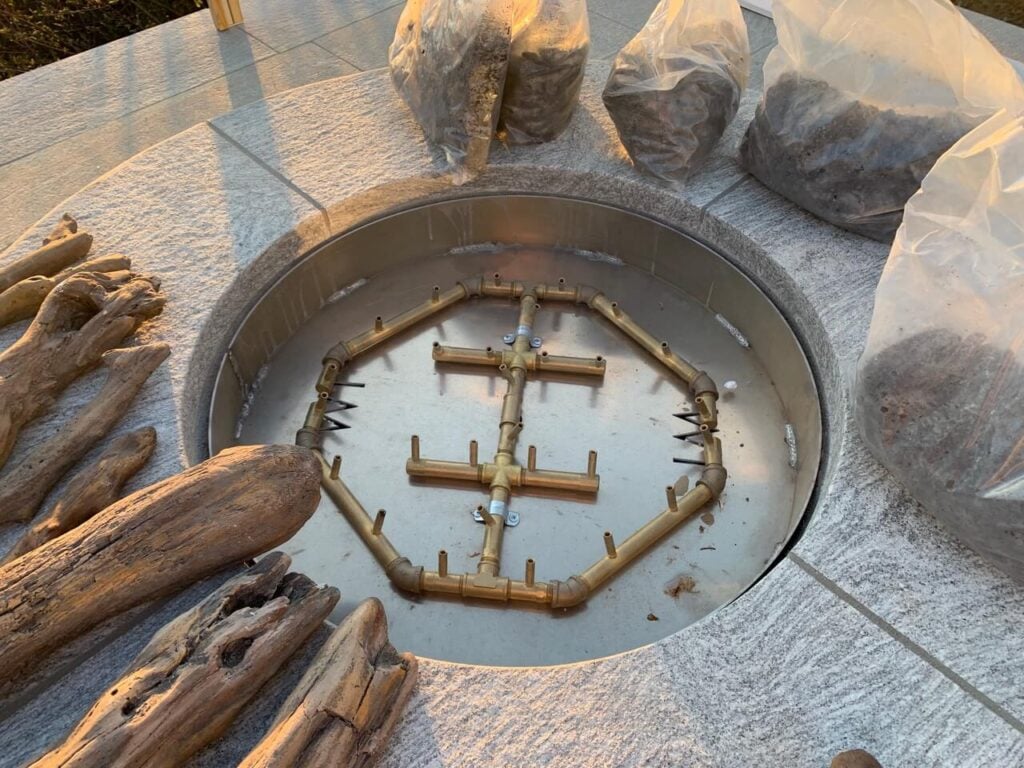
Beyond safety, a burner plate or pan significantly simplifies the installation and maintenance processes. It provides easy access to the plumbing and gas connections, making repairs and adjustments much more convenient. This accessibility is essential for ensuring the long-term functionality and safety of your gas fire pit.
When selecting a material, aluminum is generally preferred due to its resistance to rust and corrosion. While steel can be used, it’s more susceptible to these issues, potentially leading to premature wear and tear. A burner plate is often sufficient for most fire pit designs. However, if your fire pit’s top cap extends into the opening, a pan with sidewalls is recommended to ensure proper containment. When choosing a pan, select one that is slightly smaller than the narrowest part of your fire pit’s opening for a proper fit.
Should I Use Steel or Aluminum for My Fire Pit Plate or Pan? Aluminum Wins.
For longevity and durability, aluminum is the superior choice since it is in its raw state.
- Rust Resistance: Aluminum’s resistance to rust makes it ideal for outdoor environments.
- Steel’s Drawbacks: Raw steel, while functional, is prone to rusting, which can compromise the integrity of your fire pit over time.
My Natural Gas or Propane Fire Pit is Causing Black Soot. What’s Going On?
Soot accumulation is a frequent issue, especially with propane-fueled fire pits. While some soot is expected, particularly with propane, it’s worth noting that natural gas produces soot at a considerably slower pace. When cleaning ceramic logs or river stones, soaking them in soapy water and rinsing them with a hose is usually sufficient. It’s important to avoid vigorous scrubbing, as this can damage the materials.
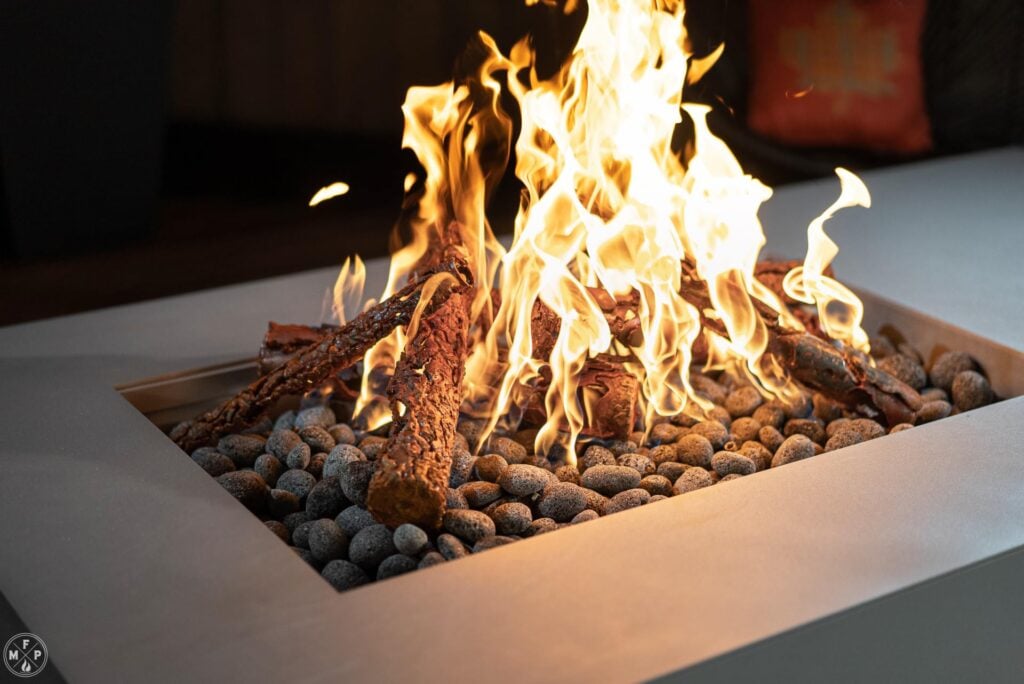
For propane fire pits, minimizing the movement of the fire media can allow some of the soot to burn off naturally. Over time, a natural char will develop on the logs or stones. However, if you notice excessive soot buildup, it could signal a problem with the way you arranged your fire media. Attempt to arrange logs and other fire media in such a way that allows adequate airflow and oxygen.
Following these simple guidelines ensures your gas fire pit is safe, efficient, and beautiful. Enjoy the warmth and feel with confidence, knowing you’ve created a lasting and enjoyable outdoor feature.
The MFP Advantage
- Professional Grade Quality
- Nationwide Shipping
- Made in the U.S.A.
- Distinctive, Hand-Built Products
- Vast Size & Finish Options
- Highest Customer Satisfaction
- Custom Design Available
Explore our exceptional line of fire and outdoor products and take your space to new levels of Luxury...
More to explorer
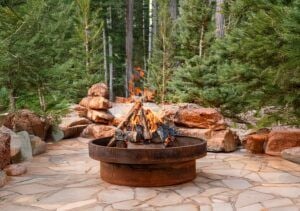
Discover the Timberline Collection of Wood Burning Fire Pits
In a world that’s constantly buzzing with the convenience of instant gratification, there’s a timeless appeal to the simple, primal pleasure of
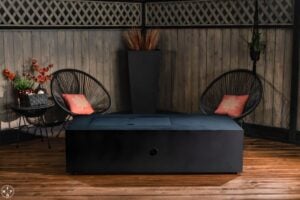
Understanding Montana Fire Pits’ Warranties, Returns, and Terms
Investing in a beautiful fire table from Montana Fire Pits is an investment in years of cozy evenings and memorable gatherings. We

Connecting a Propane Fire Pit: Easy Setup and Safety Tips
There’s something magical about gathering around a crackling fire, and a propane fire pit offers that mood with the convenience of instant







